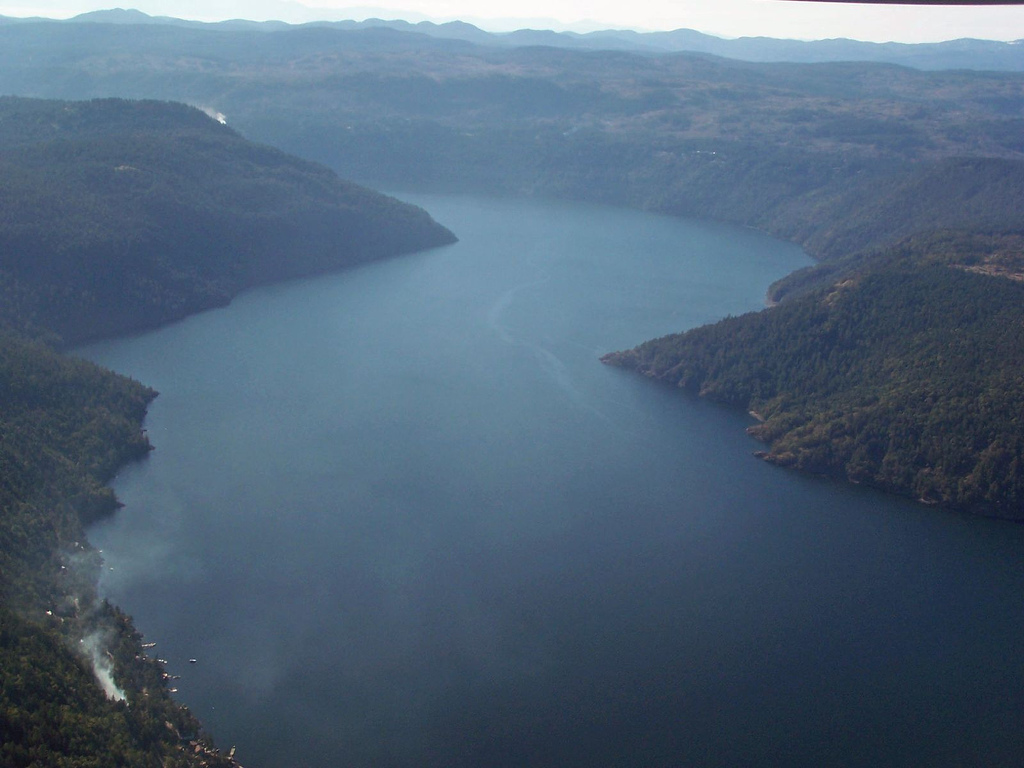Researchers chart the ecological impacts of microbial respiration in the oxygen-starved ocean
July 23, 2014

July 23, 2014

A sulfur-oxidizing bacterial group called SUP05 will play an increasingly important role in carbon and nutrient cycling in the world’s oceans as oxygen minimum zones expand, according to research published this week in the Proceedings of the National Academy of Sciences.
University of British Columbia researchers plumbed the depth of a seasonally anoxic fjord, Canada’s Saanich Inlet, to chart how microbial community metabolism changes as oxygen minimum zones form.
"Our study paints a very detailed picture of how SUP05 — a bacterial group related to gill symbionts of deep-sea clams and mussels — dominates the microbial ecology of oxygen-starved regions of the water column," says UBC microbiologist and study author Steven Hallam.
"SUP05 breathes in nitrate and exhales nitrous oxide. This respiratory process drives carbon dioxide fixation and the removal of toxic hydrogen sulphide and closely couples the metabolic activities of SUP05 with other microorganisms involved in carbon, nitrogen and sulfur cycling."
Saanich Inlet, a fjord on Vancouver Island in British Columbia, undergoes seasonal cycles of stratification and deep-water renewal, creating strong water column gradients that make the Inlet a natural lab in which to study microbial communities that thrive under oxygen starved conditions. Hallam’s team dissected the water column layer by layer using genomic and proteomic methods.
Dissolved oxygen concentration is a critical organizing principle in ocean environments. Over the past 50 years oxygen minimum zones have expanded due to climate change and increased waste run-off from farms and cities. At present eight per cent of the ocean is considered oxygen-starved. In some coastal areas extreme oxygen-starvation produces ‘dead zones’ that decimate marine fisheries and destroy food web structure.
Changes in microbial community metabolism associated with oxygen minimum zones alter the ocean’s nutrient and energy flow patterns, also impacting the production and consumption of greenhouse gases.
Proceedings of the National Academy of Sciences http://www.pnas.org/cgi/content/long/1322132111v1
We honour xwməθkwəy̓ əm (Musqueam) on whose ancestral, unceded territory UBC Vancouver is situated. UBC Science is committed to building meaningful relationships with Indigenous peoples so we can advance Reconciliation and ensure traditional ways of knowing enrich our teaching and research.
Learn more: Musqueam First Nation